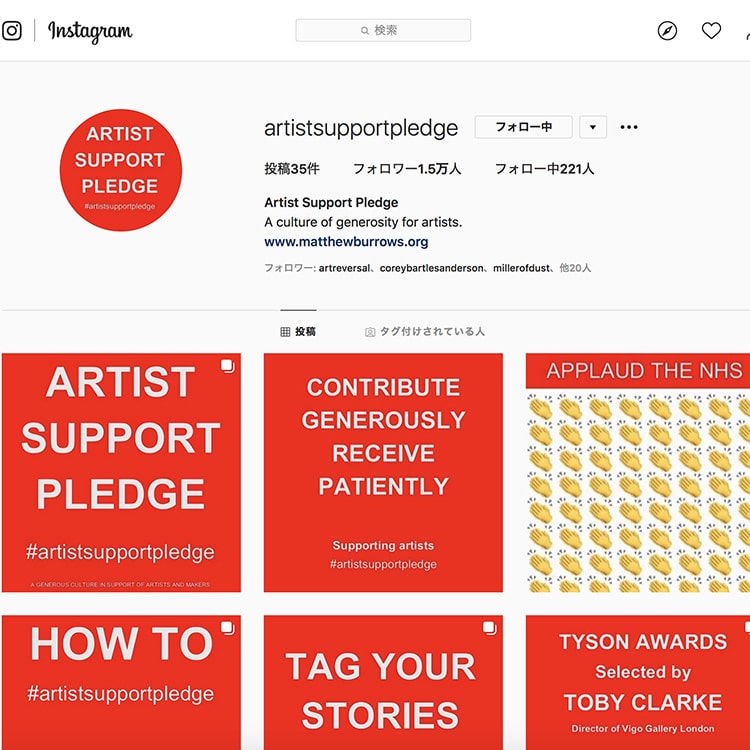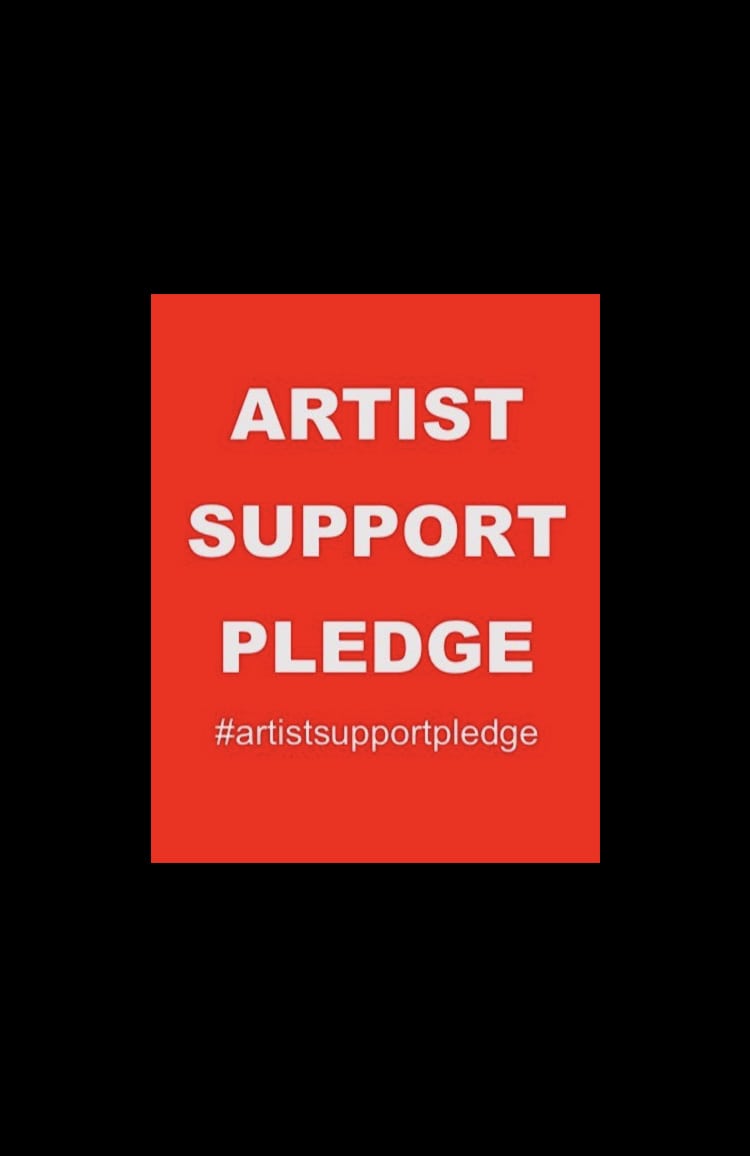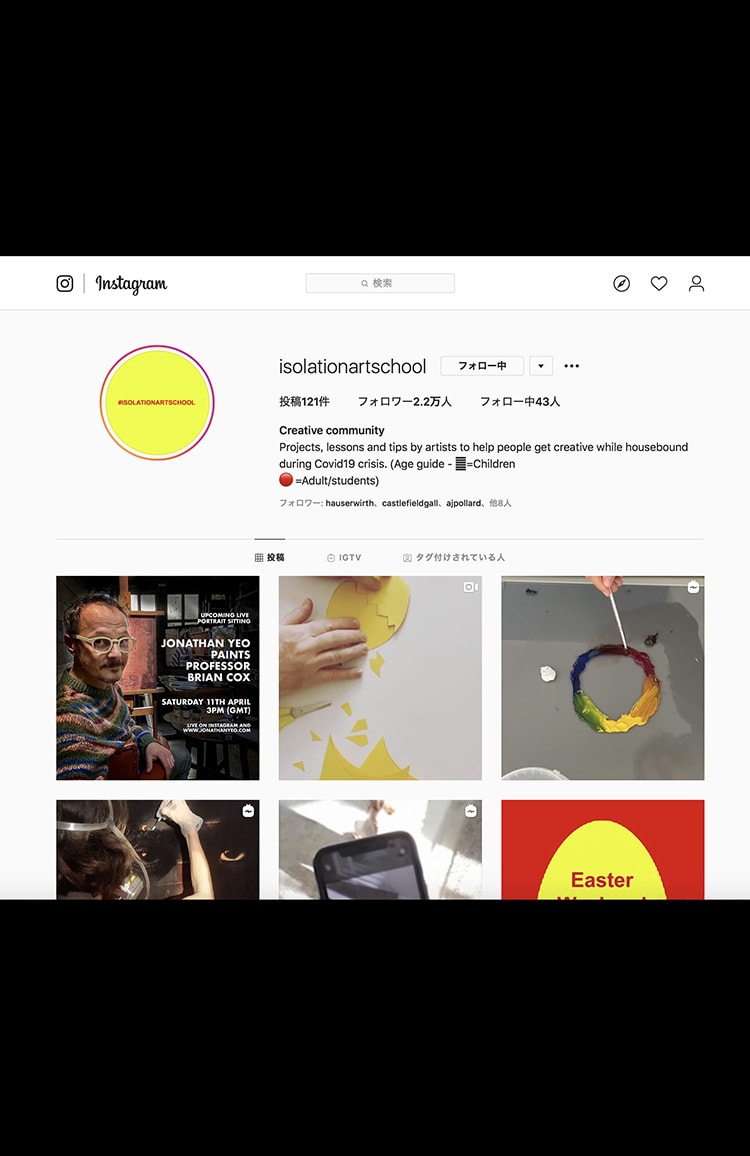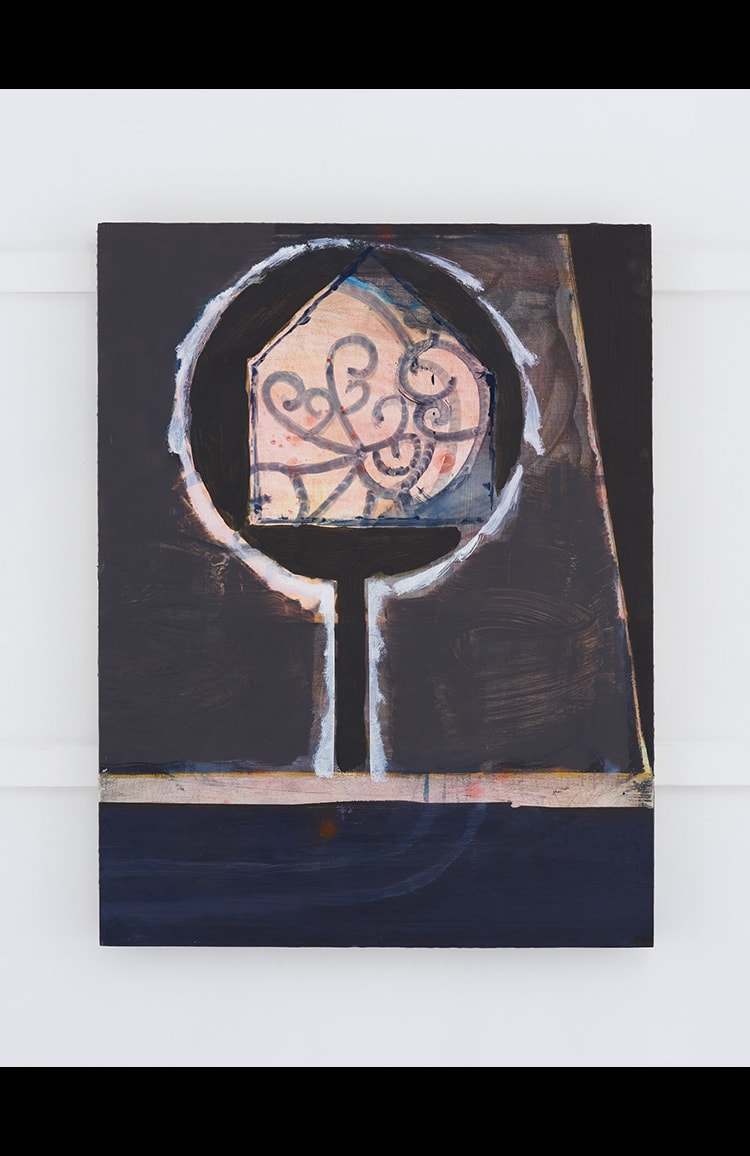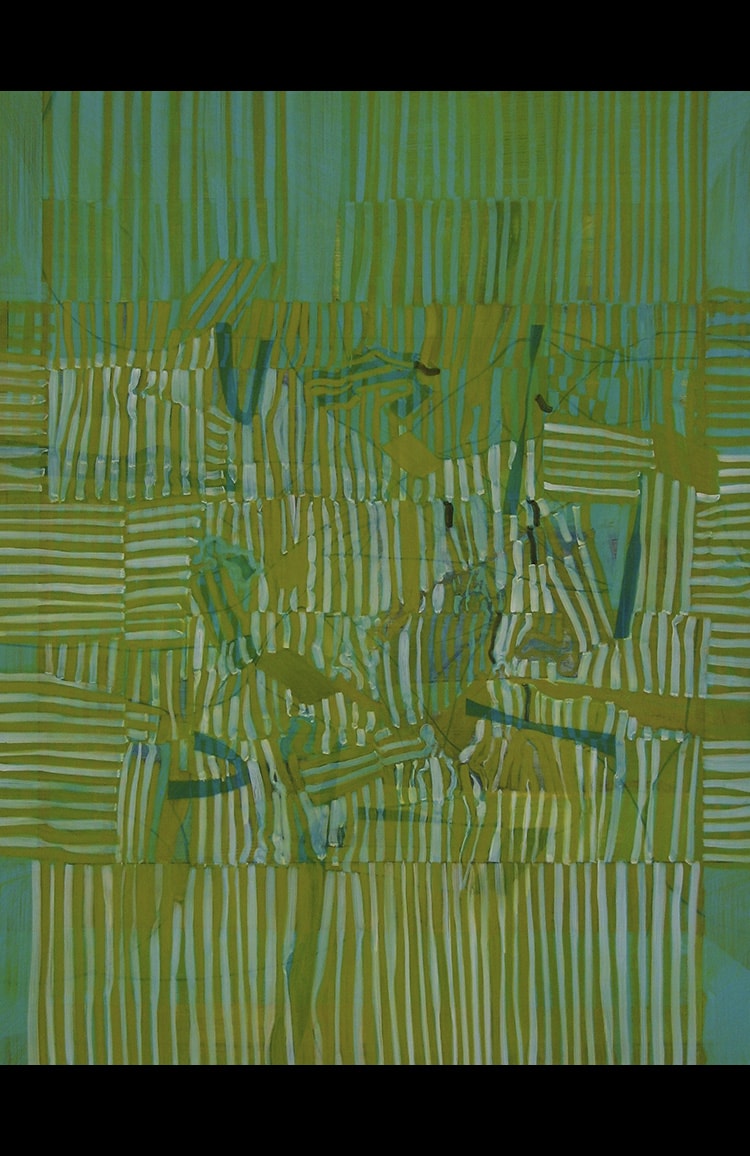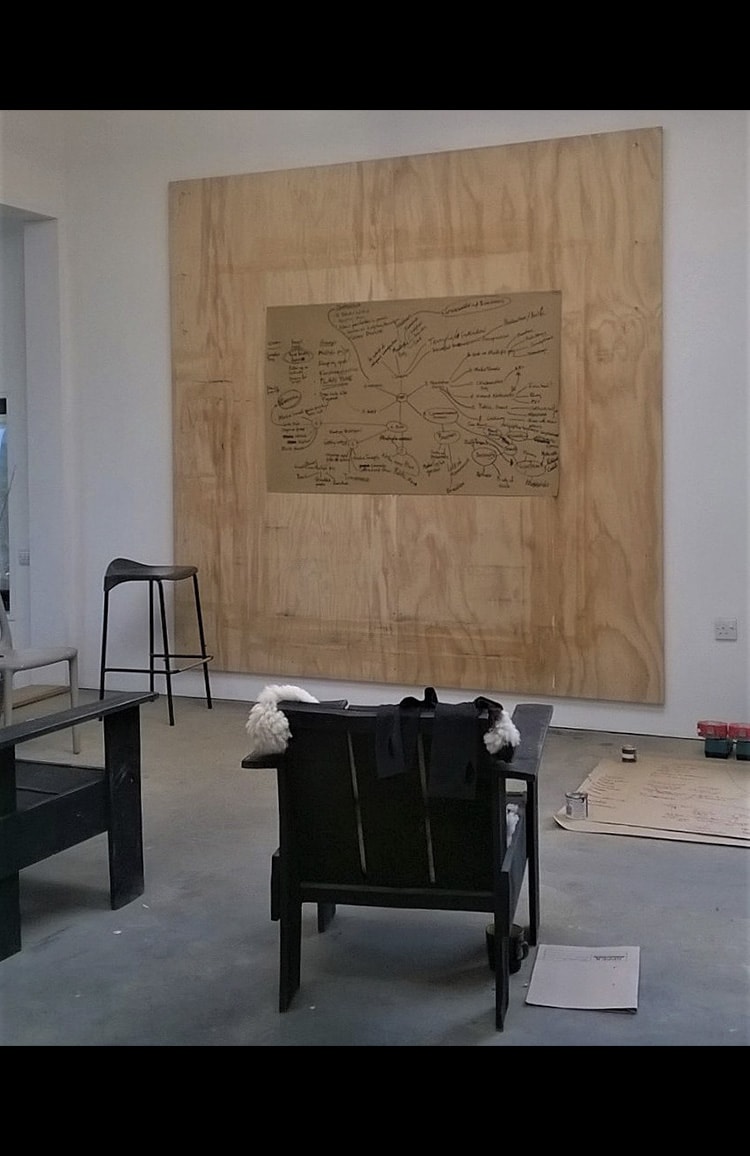IN__Suddenly artists have buying power within the art market which, let’s face it, artists don’t generally have.
MB__Artists usually need to rely on support from people outside of the art world to survive. It’s empowering to be able to support friends, colleagues or even artists you’ve never met, living and working on another continent to you.
IN__Seeing how successful this has been within the relatively closed sphere of the art world, do you have any thoughts on how this model could be used in the wider community?
MB__I think the Artist Support Pledge has tapped into a number of issues. Firstly, it’s created an immediate economy for artists that has never existed before. I’m very interested in gift cultures and in the different ways cultural value has been constructed throughout history. The value systems we currently use in the art world are built upon a very typical capitalist system of increased value and uniqueness - as something becomes more unique, rarefied and culturally well known it gains value. An artist can become extraordinarily wealthy off the back of that and galleries, in turn, can become extraordinarily wealthy off the back of managing that. It’s a pyramid of wealth. At the top there are very, very few people who earn an awful lot of money and at the bottom there are an awful lot of people who earn nothing.
I’m not suggesting we get rid of this model entirely; art is expensive and time consuming to make and as such you need to charge people significant amounts of money to buy it. However, that doesn’t mean we can’t have other economic models that operate alongside this pyramid economy that might help artists to survive. A lot of artists work in part-time “gig” economies where they’re teaching or doing tech work etc. The problem with that is it takes them away from what they should be doing: making art. Like many artists, I have thousands of artworks in the studio that I never show because they’re not really part of that high-end market; they’re too small and too cheap for galleries to exhibit because the profit margins aren’t significant enough. All I’ve done is create a market for this, allowing artists to have an immediate access to funds to survive.
It’s a sustainable model. I’m very interested in sustainability as an idea, both in ecological and environmental terms. As an artist myself, for the past year of two I’ve been thinking about how we can inculcate those values into how we think and behave, and how that drives what we consider “valuable” about an artist’s work. The Artist Support Pledge is merely a reflection of these values. I believe in an economics where whatever you gain you give back. You don’t simply carry on accumulating wealth to the point where you’re so far removed from everyone else that you no longer understand or care for them. There will be artists taking part in the Artist Support Pledge who are more financially successful than others, but they can only charge a maximum of £200 and once they reach that £1000 target they have to give back 20%. The beauty of this initiative is that 20% is always going back into the community.
The Artist Support Pledge therefore obliges the participant to consider that the truest value in this system is not the gain, the truest value is the gift. Our consumerist economy is a relatively new one in historical terms and actually hasn’t been a very successful one in terms of its impact on communities, individuals and the environment. All I’m suggesting is that maybe there’s a way of creating different economic models and that we, as a society, may be sophisticated enough to maintain more than one.
IN__How did the Isolation School grow out of all of this?
MB__The Isolation Art School is a sister project and learning initiative set up by my friend Keith Tyson (the British artist and 2002 Turner Prize winner). He wanted to set up a school that had the same generosity of spirit as the pledge. The idea was that everybody would have a voice - from the expert to parents who were looking for something fun to do with their children for the day. Anyone can post and hashtag a piece of content, normally a video, of no more than 60 seconds, of some sort of learning content. The only ask is that they label it appropriately. Keith has a labelling system indicating whether the content is for adults or children - you can find more on the Instagram page @isolationartschool.
IN__And both the Artist Support Pledge and the Isolation Art School exist exclusively on Instagram?
MB__Yes, only because that’s the platform I use personally. I’m familiar with it and a lot of artists use it. The way the platform operates made it very effective in allowing these initiatives to take off.
IN__I think one of the reasons the Artist Support Pledge did take off so quickly is because people are driven by a sense of urgency. We’re in a crisis. The British Government’s handling of COVID-19 has exposed many of the economic and social failings of our current capitalist model, so perhaps people are more willing to consider alternative economies. Do you think this will continue once we’re out of this ‘wartime’ mentality or that we might just fall back into complacency?
MB__*laughs* Good question. I’ve asked myself this a lot over the past few days. The thing with gift economies is that they don’t work on monetary value - they work on the idea of being able to pass something along. Too often we value art by how much money it’s made at auction or whether the person who’s made it is famous or not. Making art in itself is a generous act and we don’t stop to consider the value that generates. I think all artists implicitly understand this.
Whether there’ll be an appetite for that level of generosity outside of COVID-19? I don’t know. I’m no expert. It wasn’t as if I sat there on my sofa thinking “this is great! I’ve got a really good idea!” I was nervous when I first posted it on Instagram. I thought it might be a terrible idea... All I do know is that the response and the speed of this has been staggering, not just in terms of the numbers of people participating and the finance that it’s driven already but the message of it.

